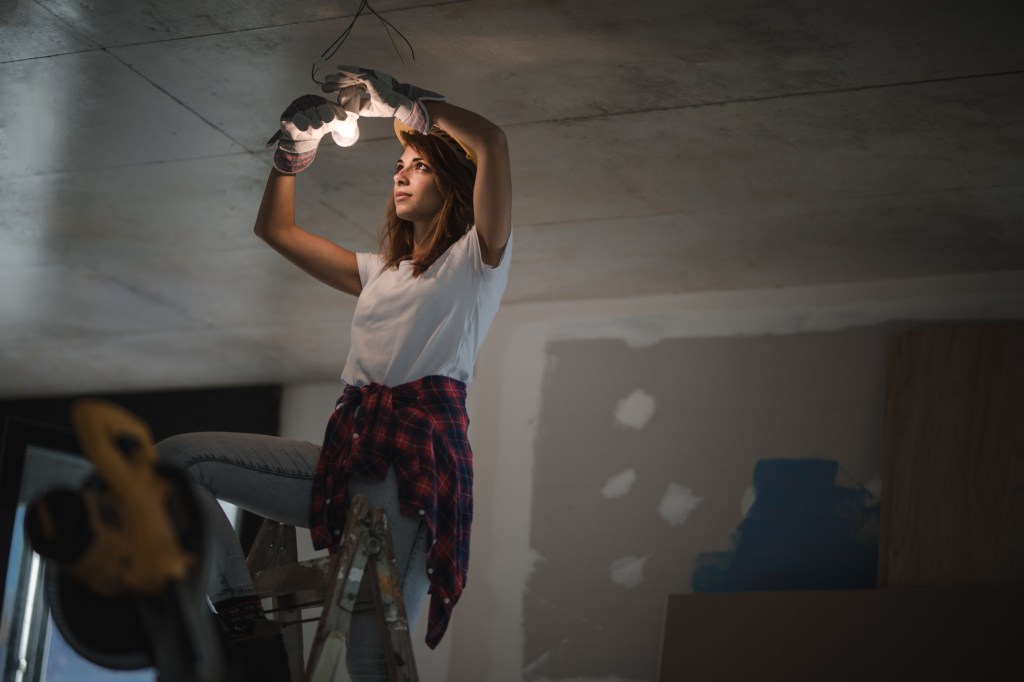
Part two of an article titled ‘Why lumens are integral to effective store environments’. Read part one.
Choosing the right lumen output for a retail environment
Not all retail environments are the same. The experience you expect from a supermarket is different what you’d expect in a boutique store.
However, while the environment may differ, the types of lighting used doesn’t.
In fact, in a previous blog we discussed the different types of retail lighting that are apparent in most stores, and how each type has a purpose. A job to do in terms of overall store aesthetic.
Below, we’ll guide you through the two key objectives of store lighting, ambient lighting and accent lighting, and discuss how light output can be controlled to maximum effect.
Ambient lighting
This is the base level of lighting for any environment, and usually takes the form of downlight integrated into the ceiling or a track system.
Interestingly, a study in New Zealand highlighted that this differs based on your target audience.
- For basic retail stores that sells essentials, the ideal range is between 500-800 lux (lumens per square metre). This creates a bright environment that is “task” orientated, allowing customers to see the products that they need clearly and leave the store.
- For mid-range retail environments, the ideal range is between 300-500 lux. This creates a more atmospheric setting that begins to create an experience for the customer, in an attempt to increase brand perception.
- For top-end retail environments, the ideal range is between 150-400 lux. Low-level ambient lighting allows the store designers to use accent lighting to draw customers towards featured products or areas.
For example, look at this store environment by Aesop in Melbourne. The ambient lighting level throughout is at a low-level, with an interesting colour temperature to complement the fixtures.
This allows other light sources, such as LED Lightboxes and accent lighting to provide a distinctive ‘highlight’ to certain areas.
Accent Lighting
Accent lighting is used for emphasis.
That emphasis could be on a new product, a particular part of the store, or a graphic display, but getting the balance right between accent lighting and ambient light levels is essential.
If the space is to uniform, it could look cold and uninteresting (think of the lighting you see in a hospital).
If the space is too cluttered, it can be hard for customers to concentrate on what you’re asking of them.
Using accent lighting to add drama to an environment, that adds interest and is used for a purpose i.e. draw shopping towards a certain product, is the ideal scenario.
This can be achieved by a variety of light applications, from wall washing to spotlights that create a focused beam.
But again, finding the correct lumen output is critical to creating an engaging store environment.
While this will change depending on the environment, we’ve found that a lux level of between 750-1000 is required for adequate accent lighting.
Take a look at this Dalziel & Pow-designed environment for David Jones, again in Melbourne. The cool white ambient colour temperature provides the perfect setting for decorative accent lighting to draw customers towards featured products.
Now, go and create the ideal lighting setup for your store
While this is only scratching the surface when it comes to store lighting, it forms the basis of a successful, task-driven environment.
It’s important to remember that light isn’t all created equal, and simply creating a good level of lighting throughout a space isn’t enough. Light is integral to experience, and when done correctly it can have a huge impact on performance.
This post was created by Nick Wraith, Managing Director of retail lighting and display specialists, Unibox. For more information or guidance on retail display lighting, visit their website on www.unibox.co.uk or call 0161 655 2100.

